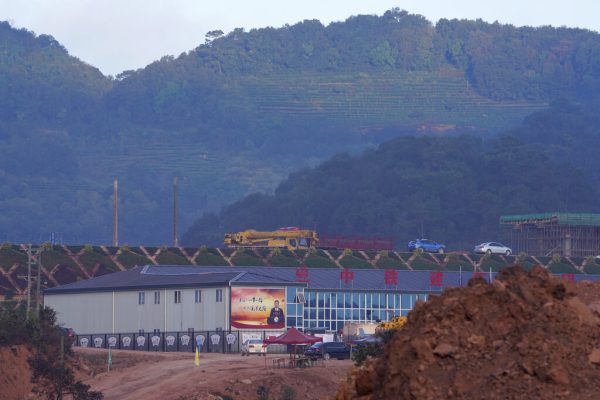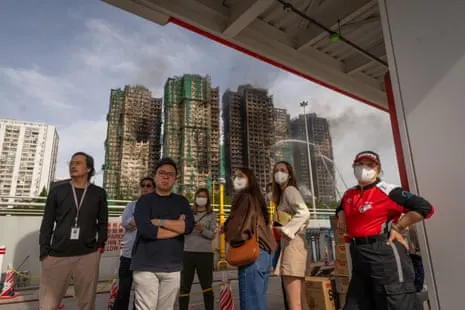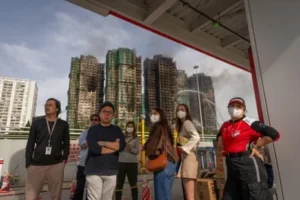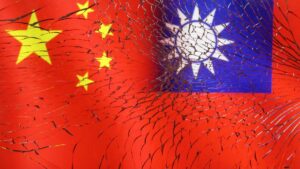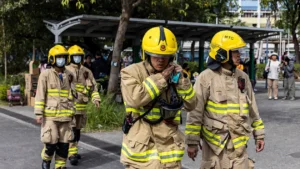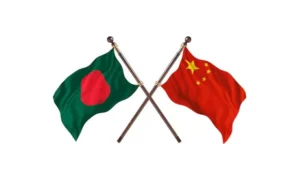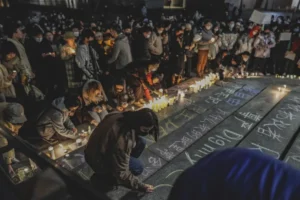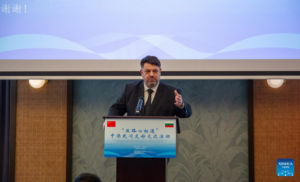Will China’s Railway in Laos Help Bolster Its ‘Soft Power’?
If “soft power” refers to the power of attraction, then a country needs connectivity channels through which it can attract foreign audiences. These channels can be sociocultural, political, ideological, or economic, the latter being perhaps the most tangible.
In early December, the government of Laos inaugurated the Laos-China Railway following the arrival in Vientiane of a bullet train from Kunming, the capital of China’s Yunnan province. Since then, a plethora of articles has covered the development, about which opinions are mixed.
Fears of the project becoming a “debt trap” are prominent, since the total cost of the project is equivalent to nearly one-third of Laos’ GDP. Some articles have instead focused on the enthusiasm of those, both locals and foreigners, who participated in the train’s first journey. The project was long-awaited, and it transformed Laos from a landlocked country to a rail-connected one, with hopes of further expansion to Thailand and beyond. In spite of the ongoing COVID-19 pandemic, which has limited the flow of tourists from and into China, expectations are high, and more than 1 million passenger trips are expected approaching the Lunar New Year.
The significance of this opening is multifaceted. To begin with, the Laos-China Railway can be seen as the completion of one of the first major Belt and Road Initiative (BRI) projects in the region. Launched in 2013, China’s connectivity masterplan has yet to deliver fully, and it has been criticized on a number of counts, most prominently because of fears of indebtedness for developing countries.
Diplomat Brief Weekly Newsletter N Get briefed on the story of the week, and developing stories to watch across the Asia-Pacific. Get the Newsletter
But while a power plant, a port, or a bridge surely have significance, railways can be seen as the quintessential representation of connectivity. Tourists and businesspeople alike can travel on these lines, especially when they are fast and reliable, as can goods. But what about ideas? This is certainly less straightforward, as it takes time and considerable effort to successfully promote political values and ideologies. Yet opinions are affected by achievements, and particularly by shared achievements that take the form of mutual prosperity.
Enjoying this article? Click here to subscribe for full access. Just $5 a month.
China has been promoting the idea of “win-win” engagement for several years now, and although it is too early to say how and to what extent Laos will benefit from the new railway connection with China, the project carries the great potential to become a channel of attraction and influence. That said, attraction is commonly seen in a positive light, while influence is less so. What would constitute attraction within the framework of such a project?
First of all, the symbolism of the project’s completion, after decades in which such a link was envisioned, can hardly be seen negatively, in spite of the ominous criticism that it has attracted (and which remains unsubstantiated for the time being). Whenever borders fully reopen, Chinese tourists are likely to travel to Laos in large numbers, bringing the cultural and economic frictions seen elsewhere, such as in neighboring Thailand. The latter is more used to mass tourism and although there have been issues (such as “zero-dollar tours”), the country has managed to adapt and generally welcomes Chinese tourists. For Laos there will be a period of adaptation but the Chinese government is willing to collaborate with local authorities to prepare its citizens, also considering that Chinese tourists have become more used to travel since such measures were implemented.
In the meantime, trade and business opportunities of a different nature might become more prominent, especially if special permits are granted, which will assist a gradual interaction between people from the two countries instead of a potentially disruptive free flow across the borders. Greater sociocultural interaction can also further foster mutual understanding. A common example is the study of Mandarin Chinese to the benefit of Lao people, who are now more exposed to their wealthy neighbors than ever before.
This could lead to intensified educational and professional collaboration. In addition to the one in the capital, more Confucius Institutes and classes may be opened across the country, especially in areas crossed by the railway. These Institutes are known to foster cultural exchange and language teaching, while also being the portal for scholarships and traineeships. Although several Western countries have accused these centers of political meddling, the developing world has been generally more welcoming towards them. Would a Lao student be more attracted to a scholarship next door (and now connected by a brand-new railway) than one in Japan, Europe, or the U.S.? Possibly, though time will tell.
These examples embody economic and sociocultural channels of attraction, strengthened by economic incentives, but what about political channels? Laos is known to be already friendlier to China than most other ASEAN members, and the opening of this railway is likely to further cement bilateral relations. After all, once such an artery has been completed, both parties are expected to do their best to preserve and make the most of it. Although this reasoning might sound more obvious for Laos, as a small country with limited resources, China can hardly bypass the country if it wants to connect the region, beginning with mainland Southeast Asia.
Although soft power is often narrowed down solely to the cultural sphere, and occasionally expanded to include economic dynamics such as flows of foreign direct investment, the nexus between the multiple channels of connectivity and soft power, broadly conceived as “attraction,” is evident, at least in its potential.
A country that builds the infrastructure of another one in need in an efficient and fair way (and certainly without the intent of setting it a “debt trap”), is likely to result in an improved reputation, certainly when the project is brought to completion. A country that helps the development of areas where these infrastructures are built (and beyond), could grant opportunities to the beneficiary country that were never an option, such as greater trade and business opportunities. A country that promotes in a genuine (and not imperialistic) way its cultural and historical features can generate interest and admiration, particularly if supported by educational and professional opportunities, such as scholarships. For the time being, these are all speculations in the case of China in Laos, but soft power relies on perceptions. These start with how words and promises are received by target audiences, and grow if, when, and how these promises are delivered.
None of these developments is certain – quite the opposite, in fact – but the channels of attraction are now wide open and it is in the hands of the Chinese and Lao people, as much as those of their leaders and policymakers, to make the most of a rare opportunity that has been many years in the making. As I have argued elsewhere, the BRI could constitute a monumental geopolitical, economic, and sociocultural change, but every major step – such as the opening of this railway – ought to be carefully taken in support of China’s plans for global recognition as a truly responsible power.
